MusicRadar Verdict
Excellent at replicating EVH's core tones, but not as versatile or value-packed as many might expect for the money.
Pros
- +
Plug in and play. Independent presence controls. Wonderful sounds.
Cons
- -
It’s expensive. No global master volume. Clean tone could be better.
MusicRadar's got your back

EVH 5150 III
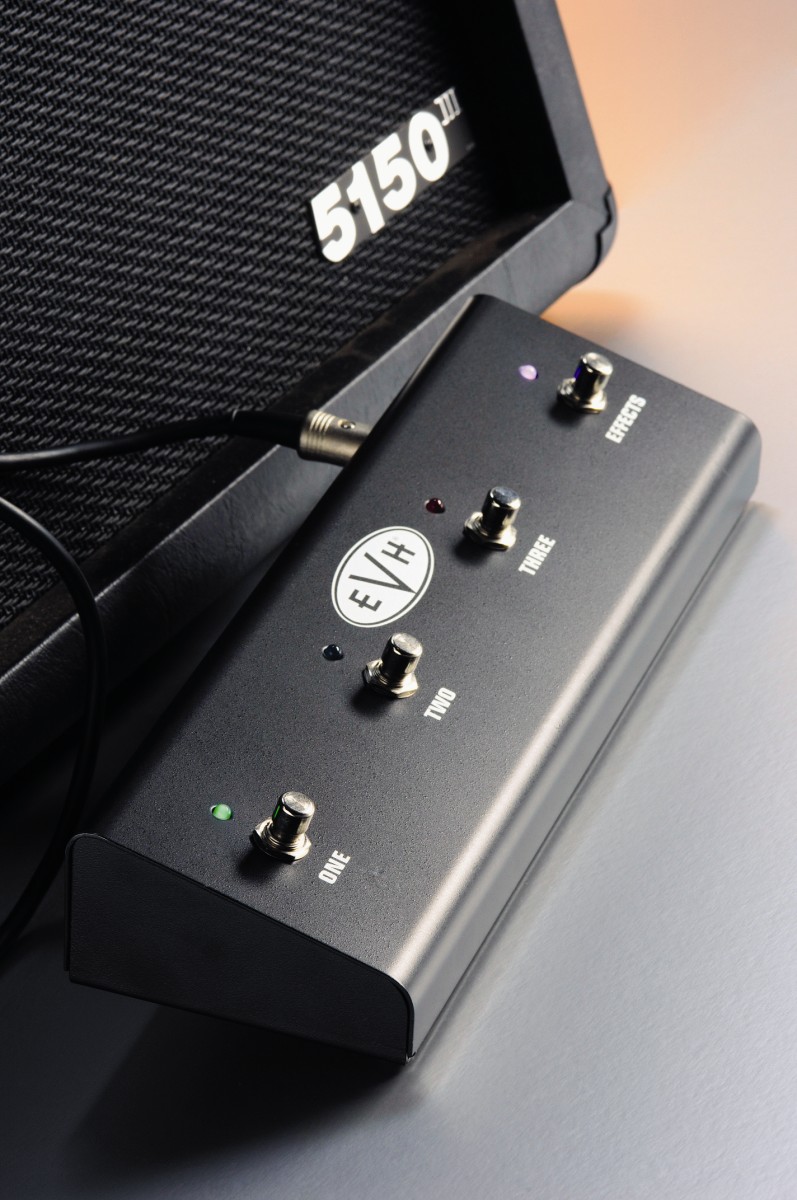
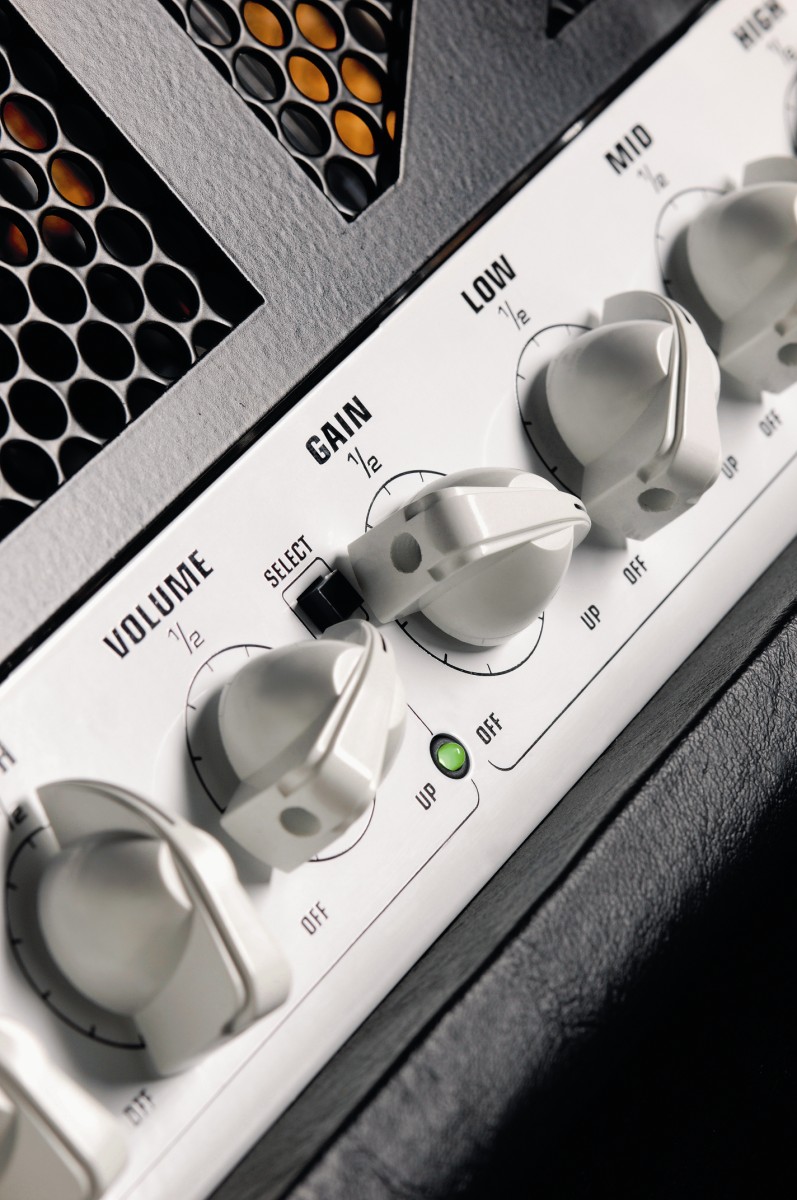
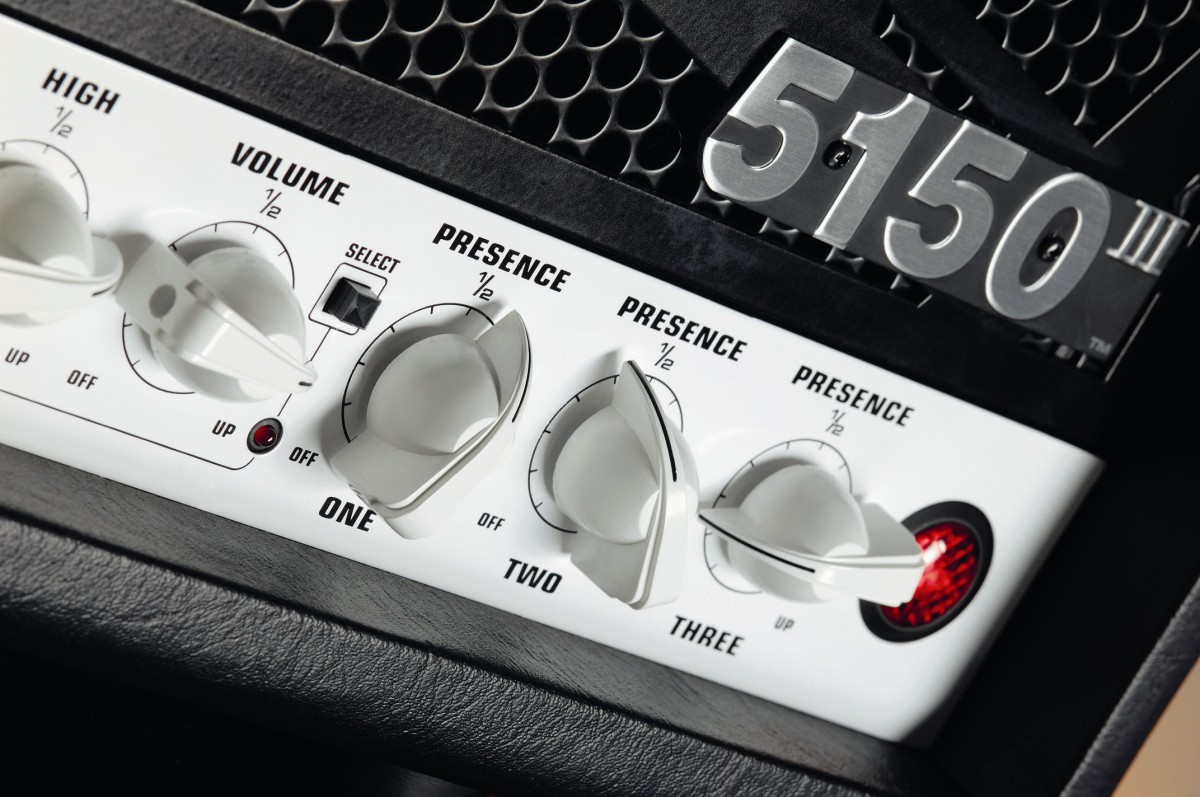
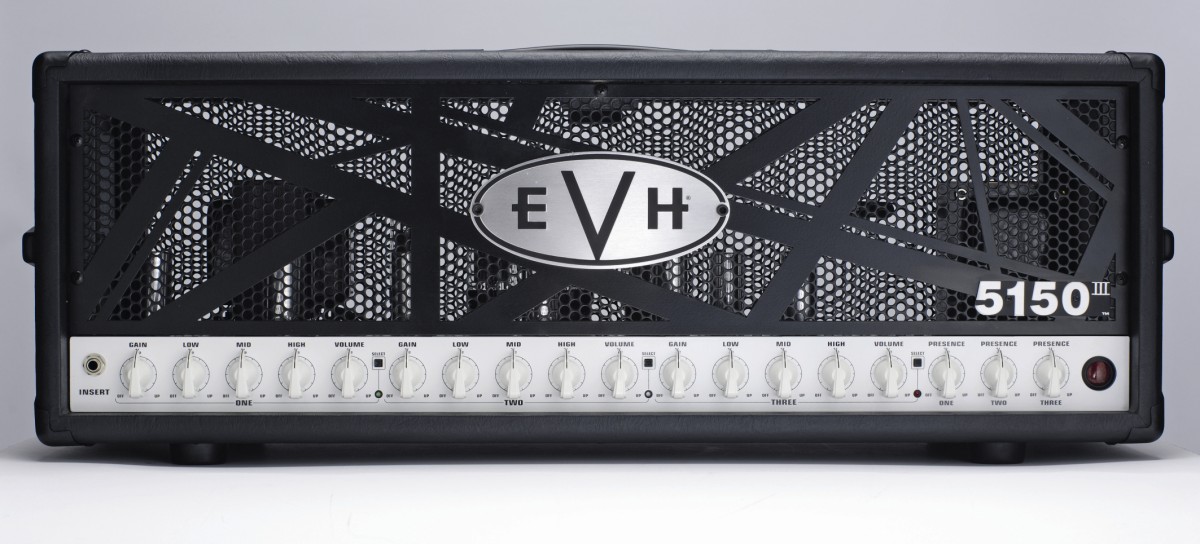
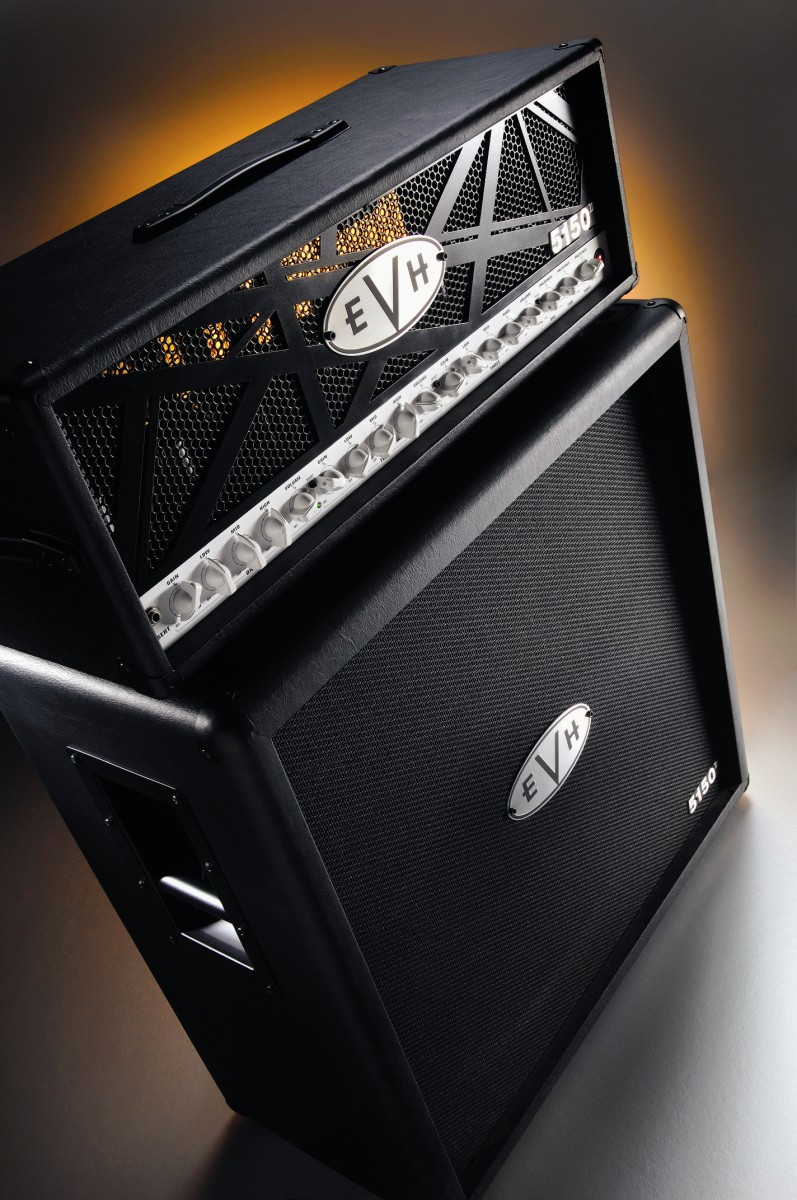
As with all new products associated with Edward Van Halen, this amp made a big splash when it launched at the NAMM trade show in 2007. Like Van Halen's replica Frankenstein guitar, the amp was put together by Fender but appears under Edward's own EVH brand.
In fact the amp was designed at Fender's Scottsdale, Arizona, HQ and built at the facility in Ensenada, Mexico. But it has been produced to Van Halen's exact specifications and requirements: no small recommendation.
Although two previous incarnations of the amp were released by Peavey (along, of course, with the Wolfgang guitar) it's actually Edward Van Halen himself who controls the 5150 name. And this is no reissue under a different brand - there are several features that are all new.
The amp features a full octet of 12AX7 preamp valves alongside a quartet of 6L6 power valves and produces 100 (rather than 120) watts of output - the three channels each have their own presence control. Such things as both top and side-mounted handles can make all the difference when lugging the amp in and out of venues, and the slightly oversized associated 4 x 12 cab is loaded with four Celestion G12EVH speakers, designed from the ground up in the UK.
Sounds
Initially opting for a quick switch around the channels immediately shows that the three on offer can give very different styles and intensities of tone. We'd hesitate to call channel one 'the clean channel', but it's here that the best non-overdrive tones are found: channels two and three have little or nothing in the way of clean tones.
To be honest, it's an unremarkable clean tone in that it lacks the sparkle, open-back presence and 'roominess' of a quality 2 x 12 combo, for example. Also, while there's a lot of volume on tap, there's also a lack of clean headroom once you hook up to the 100-watt cab: these aren't super loud, clean sounding speakers, designed instead to give their own break-up and colouration to the tone. That might prove to be restricting for certain uses but, let's be honest, if you want an amp primarily for clean tones you're reading the wrong review.
Flicking to channel two and turning both gain and volume controls all the way up, you have a tone that's full of drive and body aplenty. The provision of independent presence controls for each channel comes into its own here, because different gain settings require different presence settings, such is the interactive relationship between the gain, treble and presence pots. Being able to cut treble and boost presence, or vice versa, is a quick route to fine-tuning your tone without any compromise between channels.
Back off the gain to around four and reset the EQ and the tone cleans up enough to be almost Fender-y in nature - albeit akin to a Blackface fit to burst. The amp is very responsive to manipulation of your guitar's volume too, so make sure you ride that volume pot to get the widest tonal and dynamic range from the amp.
Channel three is where EVH's 2007 version of his 'brown sound' can be found. We didn't really need to set the gain much past six at gigging volume to be able to revel in the perfect rhythm and lead tone for rock. Heaping further gain tends to cause the tone to mush up and it's here that you realise - not for the first time - just how good a player EVH is. He's able to remain articulate at these levels of gain while, for us mere mortals - even though chords are sumptuous and lead lines tonesome in the extreme - string separation is sacrificed to a degree.
We'd probably use channel three for our rhythm tone and step on to channel two for our lead tone simply as the projection and definition here seems better. Also, when reducing channel three's signal via our guitar, we found the tone to be still too dirty, which isn't ever a problem with channel two. But three's saturated gain tones squash to an even greater musical manner than a Mesa Rectifier's red channel, while channel two produces a similarly attractive rock crunch tone, albeit more focused and slightly less compressed.
Take it from us: this is like no other 'Fender' amp we've ever played. It goes without saying that using a guitar with a medium-output humbucker in the bridge is when the amps sounds most authentic, but it's also perfectly possible to obtain a lovely bluesy tone using a Strat and channel two.
It's not often that we come across a high-end amplifier made in Mexico. And judging by the price of Fender's Mexican guitars, we'd expect good value here. Yet at this sort of price, this is going to be a tough sale to non-EVH devotees. You might also wish for more: tone-tailoring switches, a more powerful cab, maybe an overall master volume? However, that's missing the point to a certain extent. If EVH doesn't require those features, they shouldn't be expected on his signature amp. Price may be an issue, but as with all signature products, you pay for the association of that artist - in this case a guitar legend. The extensive R&D process involved in a project like this is laudable and has clearly benefited from the input of a man who still has one of the best rock tones of all time - a tone that's within the 5150 III's grasp. Maybe that's really all that matters.
Guitarist is the longest established UK guitar magazine, offering gear reviews, artist interviews, techniques lessons and loads more, in print, on tablet and on smartphones Digital: http://bit.ly/GuitaristiOS If you love guitars, you'll love Guitarist. Find us in print, on Newsstand for iPad, iPhone and other digital readers
“A synthesizer that is both easy to use and fun to play whilst maintaining a decent degree of programming depth and flexibility”: PWM Mantis review
“I feel like that song had everything we needed to come back with”: Bring Me The Horizon’s Lee Malia on Shadow Moses, its riff and the secrets behind its tone, and why it was the right anthem at the right time
“I said, ‘Are we sure we can write a song about death?’”: The story of Mike + The Mechanics' classic No.1 The Living Years










